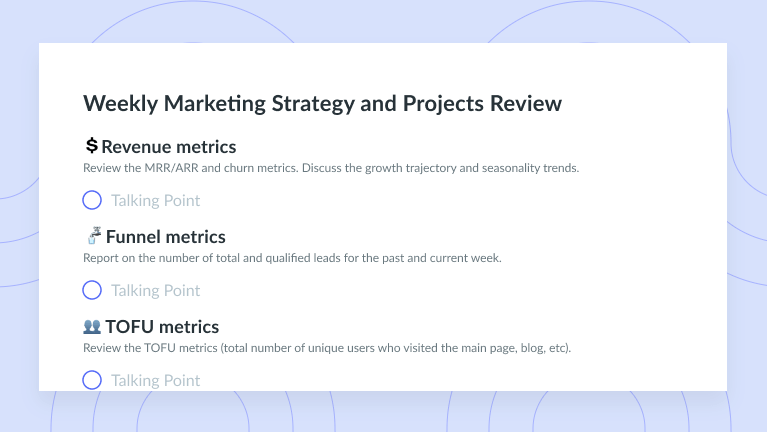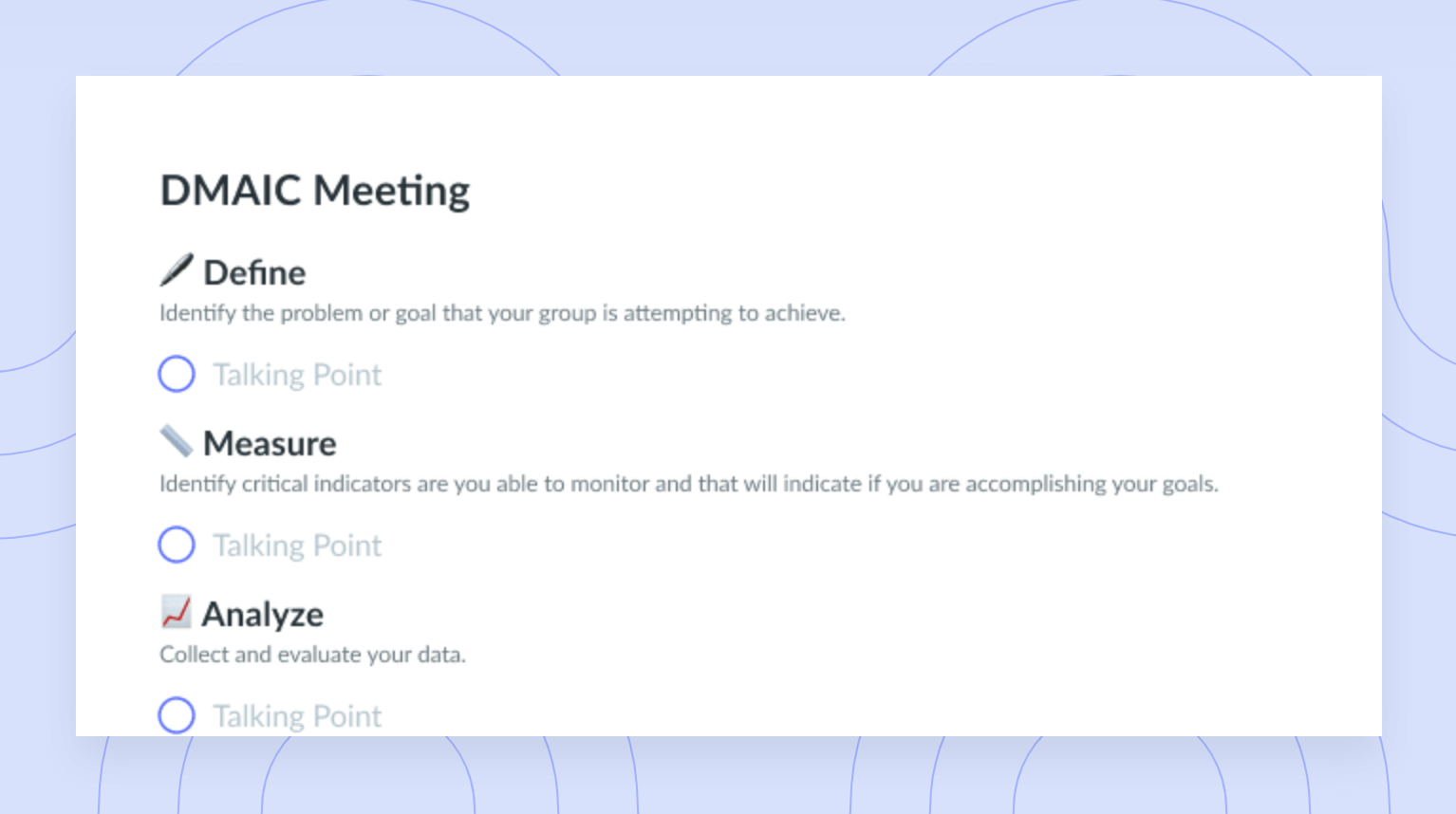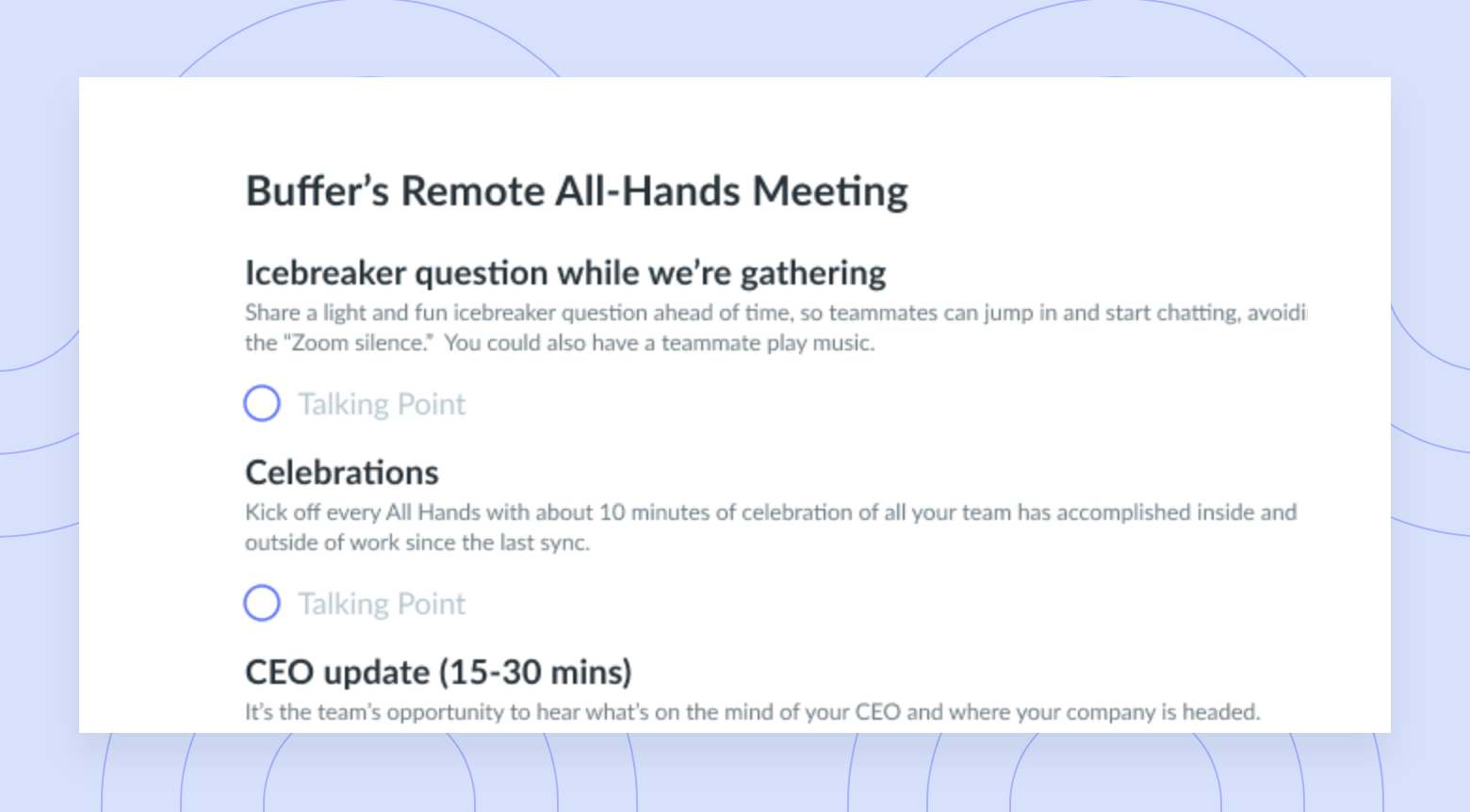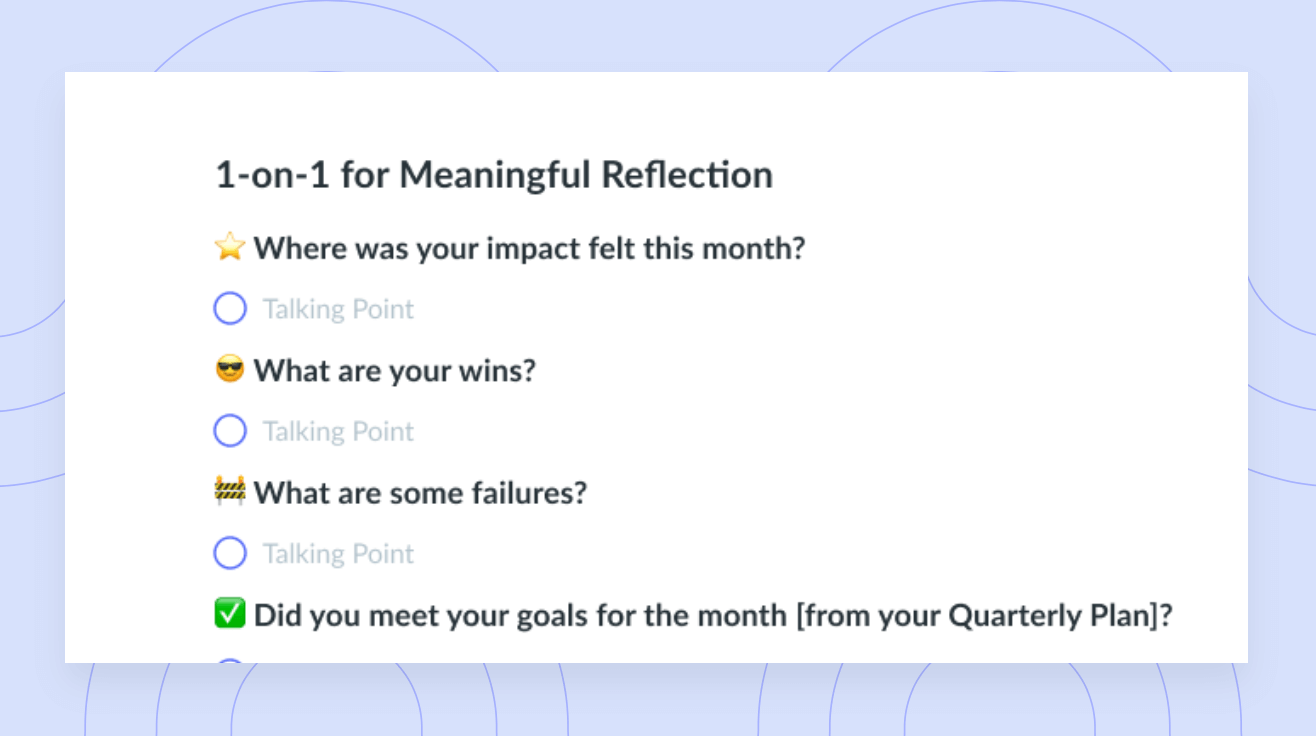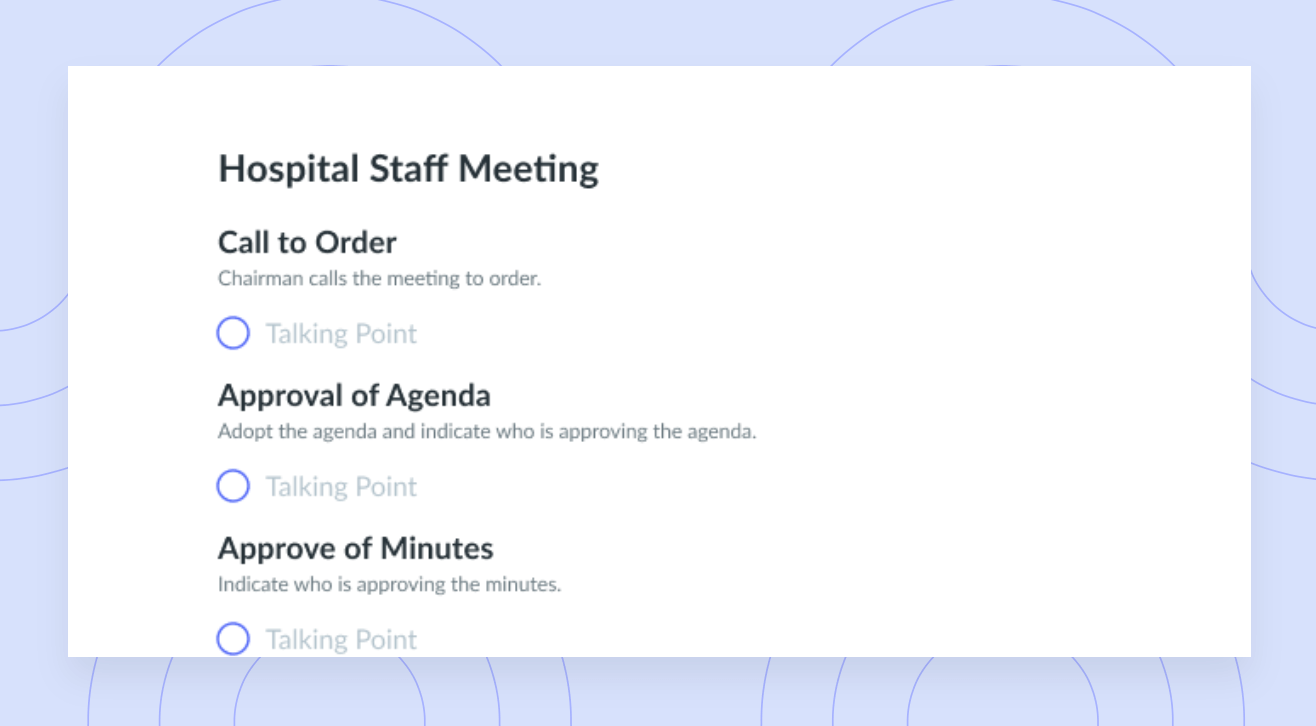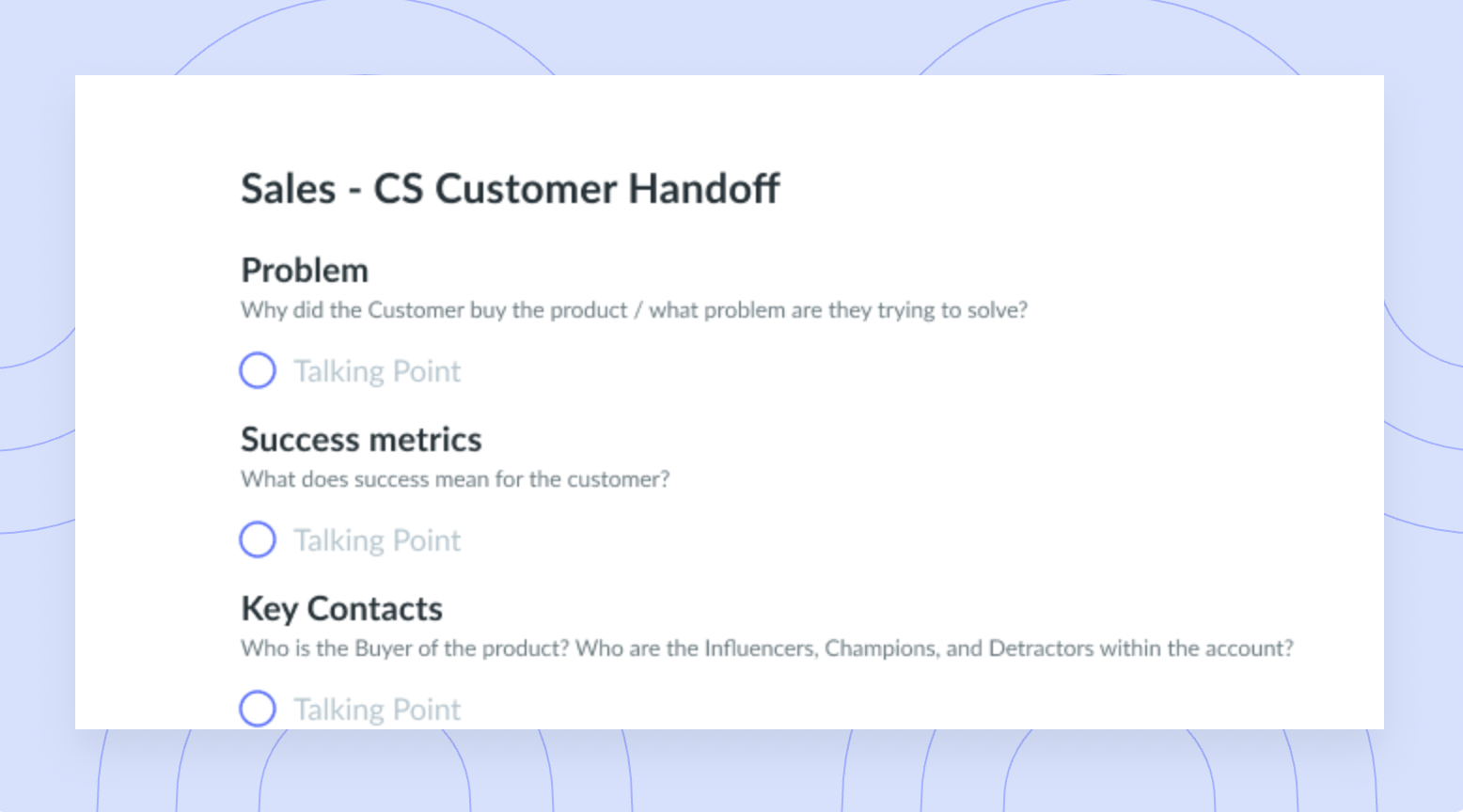How to Measure Employee Productivity: Do’s and Don’ts for Managers
How do you measure your team’s productivity levels? If it’s by how much time they spend at work, it’s time to rethink your strategy. Consider these 3 tips and avoid these 3 mistakes to measure productivity the right way.
As a manager, knowing how to measure the productivity of your team is a crucial part to not only the success of your department but your company as a whole.
Productivity is a key variable to performance, and there’s a lot that goes into it. Making it even more confusing, how productivity looks to one employee could be the complete opposite of how it looks to someone else. Because of this, it can be hard to track, measure, and scale as a manager.
Thankfully, if you follow these tips and avoid these mistakes you’ll have a better understanding of just how productive your team is.
- 3 tips to measure employee productivity (do’s)
- 3 mistakes do avoid when measuring employee productivity (don’ts)
Why should managers measure (and aim to improve) employee productivity?
There’s no denying that managers have a lot on their plate, but no matter how busy they become, there should always be a focus on the productivity of their team members. It’s important to keep in mind that employee output and productivity look different for everyone on the team.
While one person may take eight hours of work to complete an assignment, another may only need six for the same project. That doesn’t necessarily mean one has higher productivity levels than the other.
If managers are looking to primarily focus on output, it’s crucial that they help each member of their team to prioritize and optimize their time as best as they can. When this happens, they’ll likely see a ripple effect across the entire team, as well as the outcome they see from each employee.
Additionally, tracking productivity can help managers to make more informed decisions when it comes to delegating new tasks as they arise and using resources.
Common methods to measure employee productivity
What methods you decide to use to measure employee productivity will depend on the size of your company, its work environment, your department, and your management style in general.
For instance, the sales team may measure employee productivity based on how many deals they’re able to close per month or per quarter. The engineering team may track productivity by bugs fixed, tickets closed, or features shipped. Or, some measures determine how productive their team is by the number of hours work using time tracking software.
Other common methods that can be used include:
– Identifying benchmarks
– Requesting daily updates or roundups
– Asking for employee feedback
3 tips to measure employee productivity (do’s)
If you’re looking to improve on measuring employee productivity, consider implementing these three tips into your strategy. Which method you decide to use will vary based on your industry, the number of employees on your team, and your management style.
1. Set clear objectives
One way to improve productivity across your teams is to set clear objectives on every task you expect your employees to accomplish. When you set these standards, employees will always know exactly what is expected of them and it will lend to some clarity for both you and your team. It will also provide a reference point to look back on regarding the measurement of performance that holds the team accountable.
These objectives could be deadlines, time spent working on an assignment, emails sent, tickets closed, or any other productivity metrics you’d like to keep a close eye on.
2. Build systems to help employees be more productive
What works for one employee may not work for another. Because of this, consider building systems to help employees stay on task, be more productive, and achieve greater success.
You can do this by creating a checklist for your employees to utilize as they move through certain tasks. These checklists could define what is expected daily or weekly. You can also utilize daily stand ups, whether in a meeting or in a teamwide Slack channel, where employees are expected to share their goals for the day. If you decide on this method, and an employee is saying the same task they wish to accomplish for more than one day in a row, this could alert you to something holding them back from being their most productive self.
3. Coach teammates on their time management skills
Time management can look very different depending on your role or the size of an organization, but it’s crucial to nail it down in order to see productivity. If you see a team member or employee struggling with their time management skills, make the effort to help them.
It’s in your best interest to share honest and helpful feedback if you notice an employee is experiencing a decline in productivity or missing deadlines. Be sure to have this kind of open conversation or feedback session privately, as you don’t want to call out members of your team for missing deadlines in front of others. Doing so could cause a dip in employee morale and engagement.
Fellow enables your team to share real-time feedback on meetings, projects, and performance.

3 mistakes do avoid when measuring employee productivity (don’ts)
No matter how good your intentions are, you could end up making one of these three common mistakes as you measure how your employees perform. Keep an eye out for this behavior so you can avoid it and the pitfalls that come with it.
1. Focusing on the number of hours worked
One of the most common mistakes managers make as they try to measure employee productivity is focusing on the number of hours their team is putting in. Production is the quantity of output based on input. So if you’re only evaluating time, as in hours worked, resources, and money, you’re not measuring productivity at all.
For this, keep in mind that the productivity formula is:
Output/Input = Productivity
As we previously stated, just because someone is putting in more hours at the office than everyone else doesn’t mean they’re the most productive person on your team.
2. Micromanaging
We’ve all had a manager who was a micromanager. They corrected every detail, tracked every hour in our schedule, and consistently asked for updates. Did that make you more productive? Chances are it actually made it harder for you to get things done.
When you do this to your team, not only does it show them that you don’t trust them to get their work done on their own, so much of your own time could be spent micromanaging that you fall behind on your own tasks and to-do lists. Also, the constant checking in on your team gives them even less time to work on their tasks, because they spend so much time updating you on their progress.
3. Ignoring personal factors
There are numerous personal factors that can come into play into why someone might be having a hard time focusing at work. Maybe they’re going through something stressful at home like they’re moving or helping a family member deal with a health issue. Or it could be as simple as they feel burnt out from their never-ending to-do list.
Your employees are people too, and sometimes there are stressors outside of the office that come into play and diminish their productivity levels. If you’ve worked to have a good rapport and an open and honest relationship with your team, they’ll feel comfortable letting you know when they’re not okay and that you may see a dip in productivity for a specific amount of time.
Jordan Skole, Director of Product Growth at Autobooks, shared the following advice during a ManagerChats panel discussion:
“I have a skills/engagement framework I use to evaluate how people are doing. The prescription for high skill and low engagement is lots of questions and *actually* listening. It’s important for me to write things down. Last piece is to review previous notes and follow up.”
Tools to measure employee productivity
When it comes to measuring employee productivity, technology can be your best friend. The right software within your company’s tech stack can help you track tasks, meet action items, and never miss a deadline.
Regardless of how big or small your company is, or the industry you’re in, consider adding some of these tools to see a boost in productivity.Project management:
– Asana, Monday, Basecamp
– Meeting productivity and action item management: Fellow
– Product development: Confluence, Guru
– Task management: ClickUp, Trello
Time to get started!
The key to feeling productive? Roll up your sleeves and get started.
The same can be said for knowing how to measure whether or not your team is being and feeling productive. Don’t be afraid to ask them for feedback or ways your employees feel like their productivity can be improved upon.










